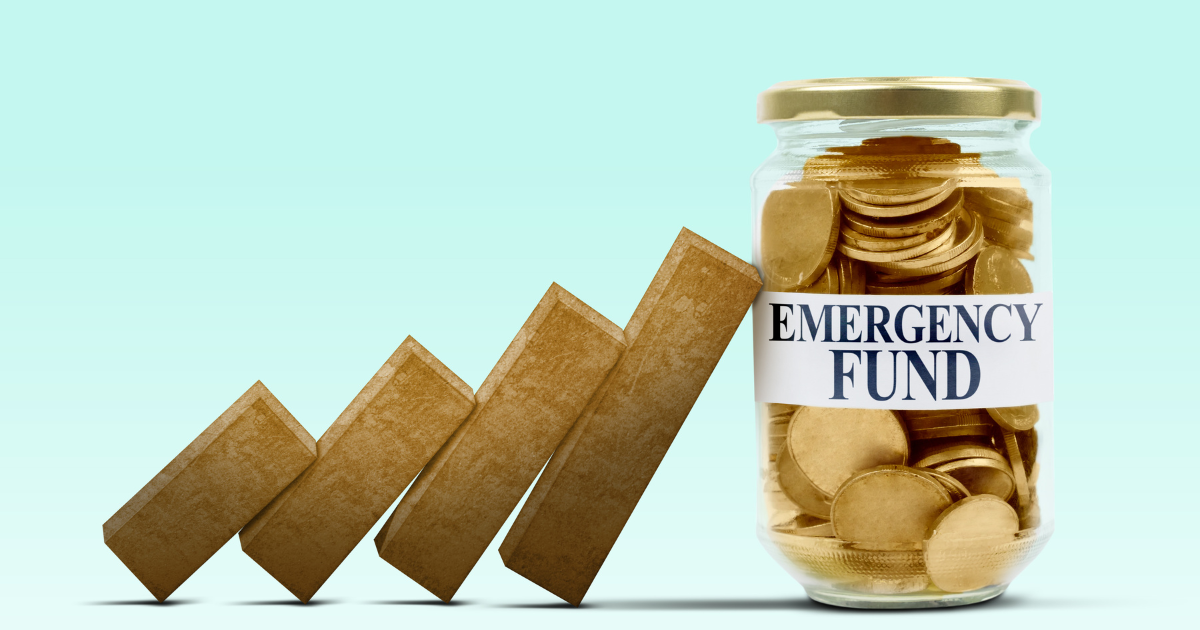An emergency fund is a financial safety net designed to cover unexpected expenses or financial downturns without resorting to debt. In the UK, where life’s uncertainties can often lead to unexpected costs, having an emergency fund is crucial for maintaining financial stability. This guide offers practical advice on how to build, manage, and utilise an emergency fund effectively.
Understanding the Importance of an Emergency Fund
An emergency fund provides a buffer that can help you navigate through unforeseen circumstances such as job loss, urgent home repairs, or medical emergencies. The primary goal is to ensure you can cover these expenses without disrupting your regular financial commitments or savings plans.
How Much Should You Save?
The size of your emergency fund can vary based on your lifestyle, monthly expenses, and financial obligations. A general rule of thumb is to save enough to cover three to six months’ worth of living expenses. However, if you’re self-employed or have a fluctuating income, aiming for a more substantial fund of up to twelve months’ expenses might be prudent.
Steps to Building Your Emergency Fund
Start Small
If saving several months’ worth of expenses seems daunting, start small. Even a modest fund can provide some financial relief. Aim for an initial target of £1,000 and gradually increase your savings goal as your financial situation improves.
Create a Dedicated Savings Account
Open a separate savings account specifically for your emergency fund. Look for an account with easy access but not too easy that you’re tempted to dip into it for non-emergencies. Some accounts offer interest, which can help your fund grow over time.
Automate Your Savings
Set up a direct debit to automatically transfer a portion of your income to your emergency fund each month. Automating your savings can help ensure that building your fund remains a priority and happens without needing regular intervention.
Cut Back on Non-Essential Spending
Review your spending habits and identify areas where you can cut back. Redirecting funds from non-essential expenses to your emergency fund can accelerate its growth.
Increase Your Income
Consider ways to increase your income, such as taking on freelance work, selling unwanted items, or pursuing a higher-paying job. Use this additional income to bolster your emergency fund.
Regularly Review and Adjust Your Fund
As your financial situation changes, so too should your emergency fund. Periodically review your fund to ensure it aligns with your current living costs and financial goals. Adjust your contributions as needed to ensure your fund remains adequate.
When to Use Your Emergency Fund
It’s important to clearly define what constitutes an emergency. Generally, it should only be used for unexpected, essential expenses that cannot be covered through your regular income or savings. Avoid using it for planned expenses or non-essential purchases.
Rebuilding Your Fund
After using your emergency fund, make it a priority to replenish it. Resume or adjust your saving strategy to rebuild the fund back to its target level, ensuring you’re prepared for future emergencies.
Conclusion
An emergency fund is an essential component of a healthy financial plan, providing peace of mind and security in the face of life’s uncertainties. By starting small, saving regularly, and making informed choices about when to use the fund, you can build a financial cushion that safeguards your well-being and financial future. Remember, the best time to start building your emergency fund is now, regardless of your current financial situation.

